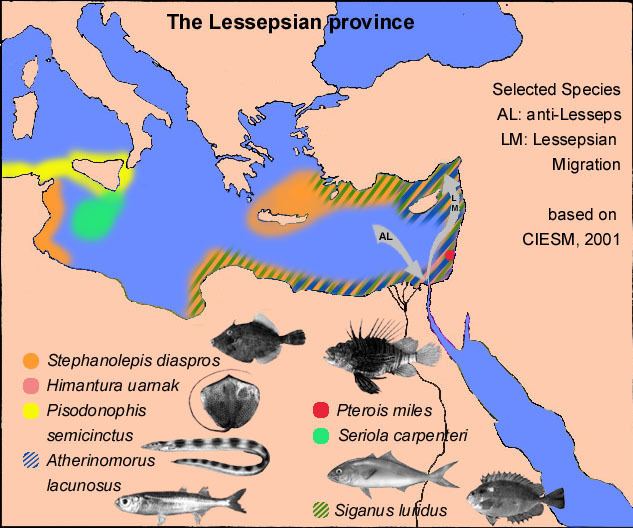 | ||
Lessepsian migration creta aquarium
Lessepsian migration (also called Erythrean invasion) is the ongoing migration of marine species across the Suez Canal, usually from the Red Sea to the Mediterranean Sea, more rarely in the opposite direction. It is named after Ferdinand de Lesseps, the French diplomat in charge of the canal's construction.
Contents
- Lessepsian migration creta aquarium
- Anti Lessepsian migration
- Weiland Canal and the Great Lakes
- References
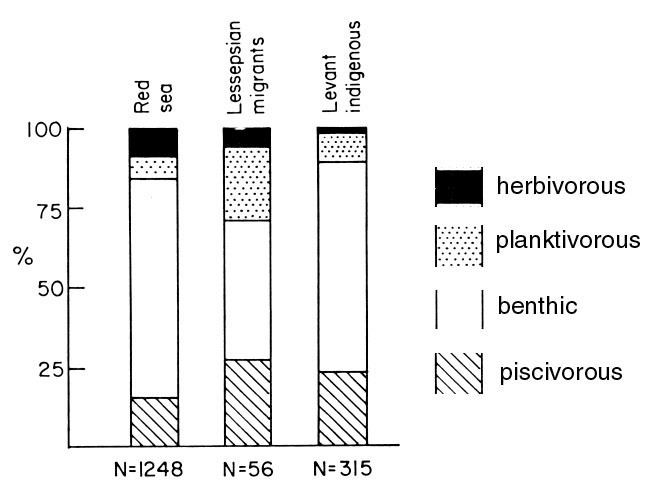
In a wider context, the term "Lessepsian migration" is used to describe any animal migration over man-made structures, i.e. that which would not have occurred had it not been for the presence of an artificial structure.
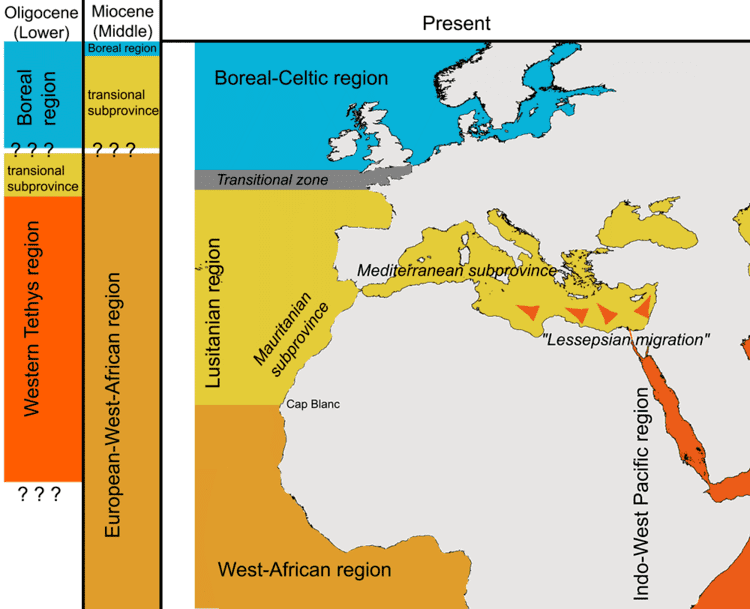
The opening of the Suez Canal in 1869 created the first salt-water passage between the Mediterranean and Red Seas. The Red Sea is slightly higher than the Eastern Mediterranean, so the canal serves as a tidal strait that pours Red Sea water into the Mediterranean. The Bitter Lakes, which are hypersaline natural lakes that form part of the canal, blocked the migration of Red Sea species into the Mediterranean for many decades, but as the salinity of the lakes gradually equalized with that of the Red Sea, the barrier to migration was removed, and plants and animals from the Red Sea have begun to colonize the eastern Mediterranean.
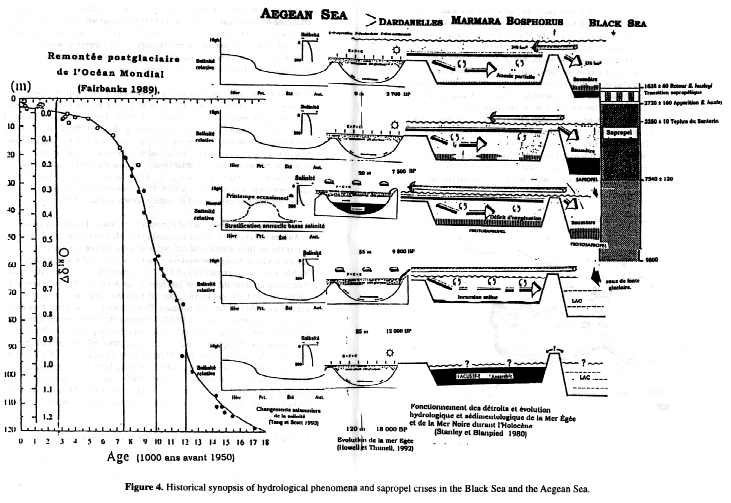
The Red Sea is generally saltier and more nutrient-poor than the Atlantic, so the Red Sea species have advantages over Atlantic species in the less salty and nutrient-rich Eastern Mediterranean. Accordingly, most invasions are of Red Sea species into the Mediterranean, and only few in the opposite direction. The construction of the Aswan High Dam across the Nile River in the 1960s reduced the inflow of freshwater and nutrient-rich silt from the Nile into the eastern Mediterranean, making conditions in the eastern Mediterranean even more like the Red Sea, thus increasing the impact of the invasions and facilitating the occurrence of new ones.

Invasive species originating from the Red Sea and introduced into the Mediterranean by the construction of the canal have become a major component of the Mediterranean ecosystem, and have had serious impacts on the Mediterranean ecology, endangering many local and endemic Mediterranean species. To this day, about 300 species native to the Red Sea have been identified in the Mediterranean Sea, and probably others are as yet unidentified. In recent years, the Egyptian government's announcement of its intentions to deepen and widen the canal have raised concerns from marine biologists, fearing this will worsen the invasion of Red Sea species into the Mediterranean, facilitating the crossing of the canal for additional species.
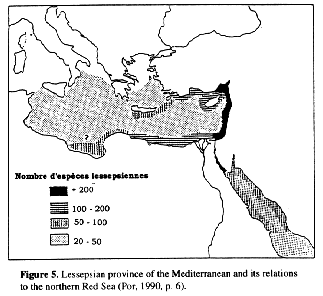
Anti-Lessepsian migration
Only a comparatively few species have colonised the Red Sea from the Mediterranean, and these are referred to as anti-Lessepsian migrants. As the predominant flow of the canal is from south to north, this acts against the southward movement of Mediterranean species, and, as stated above, the Red Sea has higher salinity, fewer nutrients and a much more diverse biota than the eastern Mediterranean. Some of the anti-Lessepsian migrants such as the sea star Sphaerodiscus placenta are found only in specialised habitats such as the lagoon of El Bilaiyim, which lies 180 kilometres (110 mi) south of the southern entrance to the Suez Canal but is much more saline than the surrounding waters of the Gulf of Suez.
The sea slug Chelidonura fulvipunctata was originally described from waters around Japan and is widespread in the eastern Indian Ocean and western Pacific. It was first identified in the Mediterranean in 1961 and was seen in the Red Sea in 2005, most likely as a result of anti-Lessepsian migration. In addition, a survey of polychaete worms in the southern Suez Canal found six species that were regarded as anti-Lessepsian migrants. Among the fish species that have been confirmed as anti-Lessepsian migrants are Solea aegyptiaca, Mediterranean moray Murea helena, comber Serranus cabrilla, European seabass Dicentrarchus labrax, and spotted seabass Dicentrarchus punctatus.
Weiland Canal and the Great Lakes
The sea lamprey reached Lake Ontario from the Atlantic Ocean through shipping canals and was recorded for the first time in Lake Ontario in the 1830s, but Niagara Falls was a barrier to their further spread. The deepening of the Welland Canal in 1919 allowed the sea lamprey to bypass the barrier created by the falls, and by 1938 sea lampreys had been recorded in all of the Great Lakes.
The alewife (Alosa pseudoharengus), a species of shad from the western Atlantic also invaded the Great Lakes by using the Welland Canal to bypass Niagara Falls. They colonised the Great Lakes and became abundant mostly in Lake Huron and Lake Michigan, reaching their peak abundance by the 1950s and 1980s.
